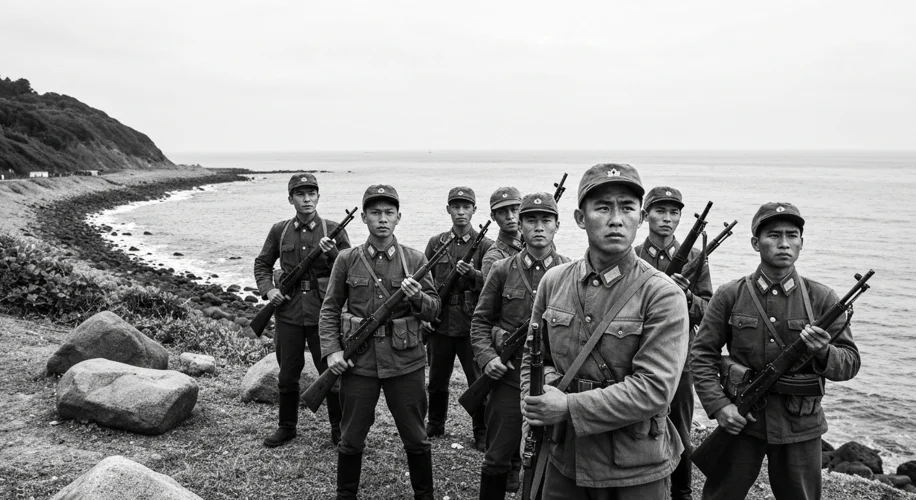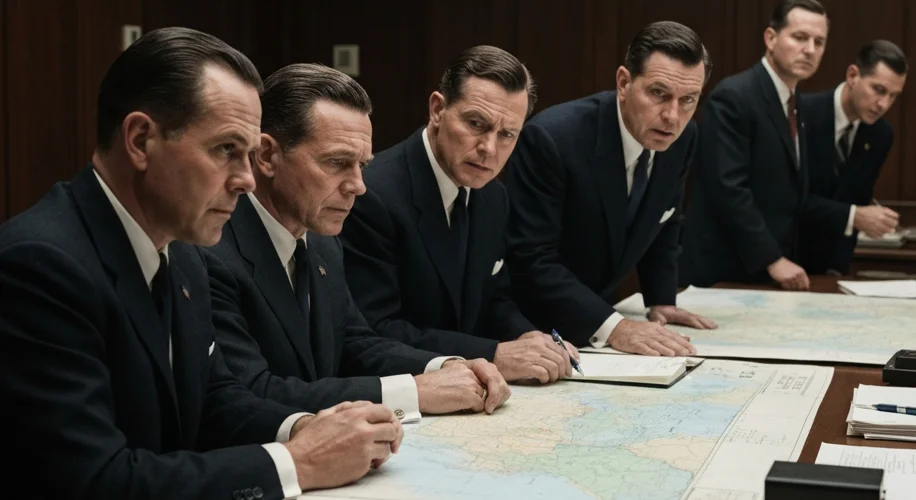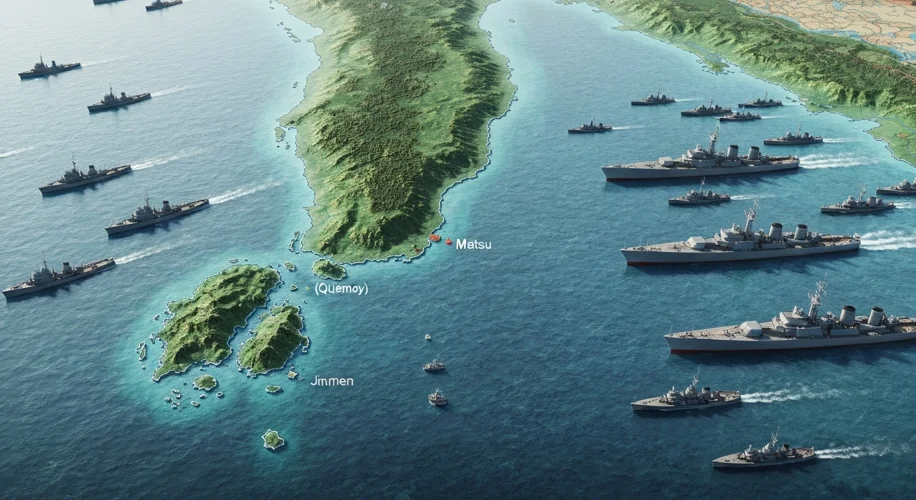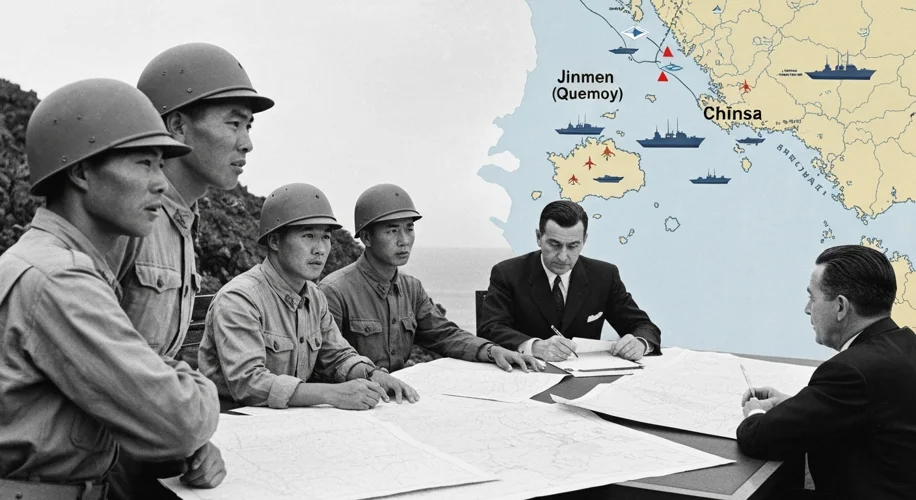The air in 1954 was thick with tension, a palpable humidity clinging to the sweltering days and the anxious nights. In the heart of Asia, a geopolitical drama was unfolding, one that would pit the newly formed People’s Republic of China against the United States in a series of confrontations that brought the world precariously close to the brink of nuclear war. This was the first Taiwan Strait Crisis, a stark reminder of the volatile nature of the Cold War and the enduring struggle for control over Taiwan.
The seeds of this crisis were sown in the ashes of the Chinese Civil War. In 1949, the Communist Party, led by Mao Zedong, had triumphed, forcing the Nationalist government of Chiang Kai-shek and his Kuomintang (KMT) forces to retreat to the island of Taiwan. From this island stronghold, the KMT vowed to one day reclaim the mainland, while the PRC, eager to consolidate its power and assert its territorial claims, viewed Taiwan as an inseparable part of China, a province ripe for liberation. This fundamental disagreement set the stage for a dangerous standoff.

Complicating matters was the United States’ involvement. Initially hesitant to intervene directly, the US recognized the KMT government as the legitimate ruler of China and provided it with significant financial and military aid. The outbreak of the Korean War in 1950 further solidified American commitment to preventing a communist takeover of Taiwan. President Truman ordered the Seventh Fleet to patrol the Taiwan Strait, ostensibly to neutralize the threat to Taiwan and prevent the conflict from spreading. This ‘neutralization’ was, in effect, a tacit endorsement of the status quo, a move that infuriated Beijing.
The crisis truly ignited in September 1954. The People’s Liberation Army (PLA) began shelling the KMT-held islands of Jinmen (Quemoy) and Matsu, located just a few miles off the coast of mainland China. These islands, while strategically insignificant, held immense symbolic value. Their capture by the PLA would be a major propaganda victory for Mao and a clear signal of his intent to force unification. The shelling was not just a display of force; it was a calculated move to test the resolve of the KMT and, more importantly, the United States.
The US response was swift and increasingly assertive. President Eisenhower, under pressure from hardliners in his administration, declared that Taiwan’s defense was vital to American security interests. The Mutual Defense Treaty between the Republic of China (Taiwan) and the United States was signed in December 1954, explicitly committing the US to the island’s defense. This treaty, however, did not clearly define the boundaries of this commitment, leaving room for ambiguity and potential escalation.
As the shelling continued into 1955, the rhetoric from both sides grew more bellicose. American military leaders discussed the possibility of using tactical nuclear weapons against mainland China if a full-scale invasion of Taiwan were launched. The world held its breath, watching as the two nuclear-armed superpowers edged closer to direct conflict. The fear of a nuclear exchange, a chilling specter that haunted the Cold War, was never more real than during these tense months.

Behind the scenes, however, diplomatic efforts were underway. The crisis was eventually defused through a combination of factors. China, having achieved some of its objectives by demonstrating its military capability and securing a defense treaty for Taiwan, signaled a willingness to de-escalate. The Soviet Union, while publicly supporting China, also privately urged caution, recognizing the immense risks of a direct confrontation with the US. Furthermore, the Eisenhower administration, while adopting a strong public stance, also sought avenues for communication and avoided direct provocation.
By April 1955, the shelling of Jinmen and Matsu ceased, and the immediate crisis subsided. However, the underlying issues remained unresolved. The People’s Republic of China continued to view Taiwan as a renegade province, and the United States remained committed to its defense. This uneasy stalemate would persist for decades, punctuated by further crises in the Taiwan Strait in 1958 and later, as the geopolitical landscape continued to shift.

The first Taiwan Strait Crisis was a pivotal moment in Cold War history. It demonstrated the fragility of peace in the face of ideological conflict and the devastating potential of nuclear brinkmanship. It solidified the division of China and set the stage for a complex and often fraught relationship between Beijing, Taipei, and Washington that continues to shape global politics to this day. The echoes of those tense days in the 1950s continue to reverberate, a constant reminder of the stakes involved in the unresolved question of Taiwan’s future.

